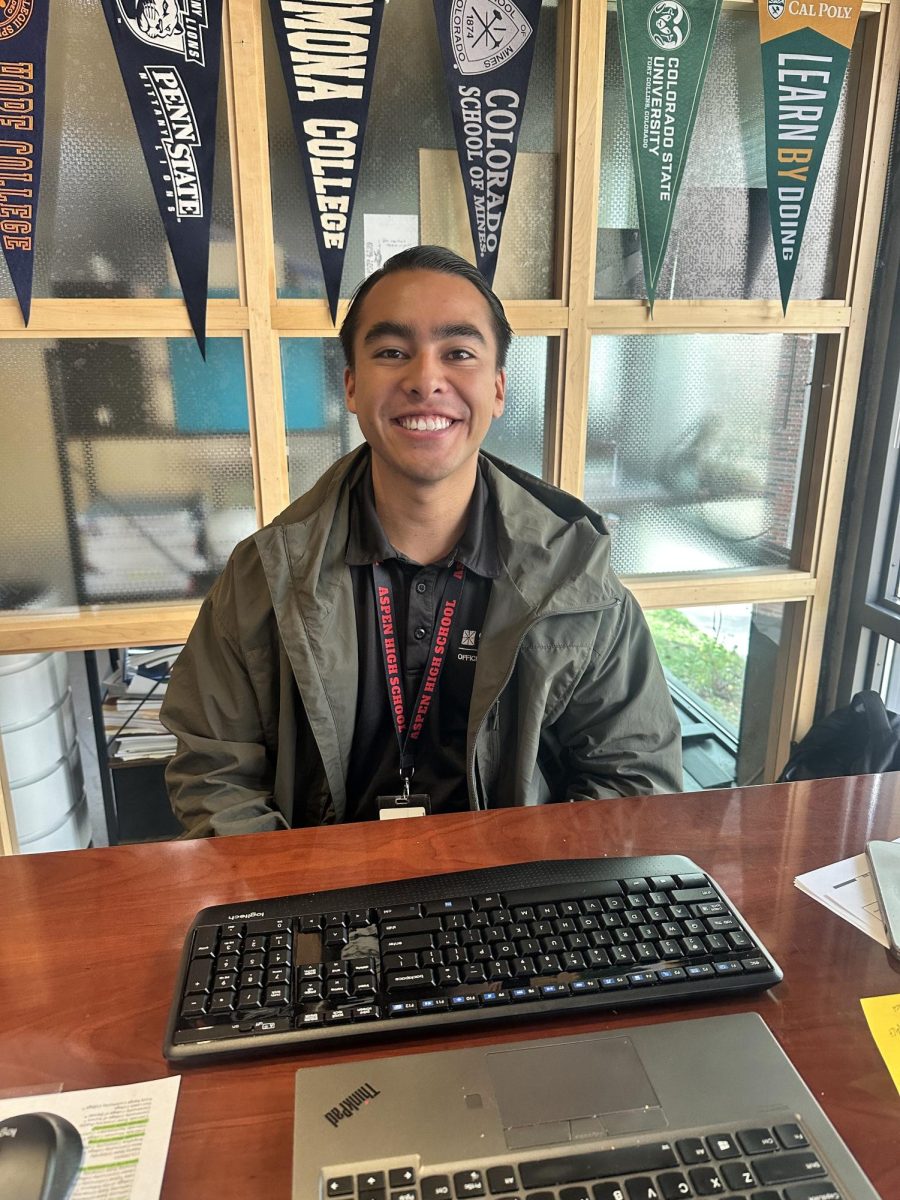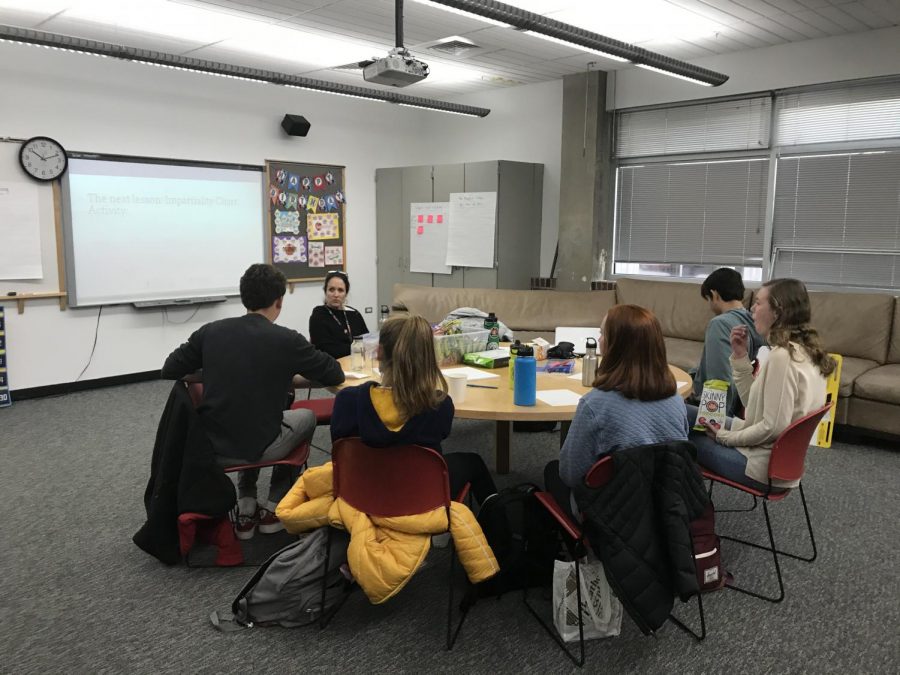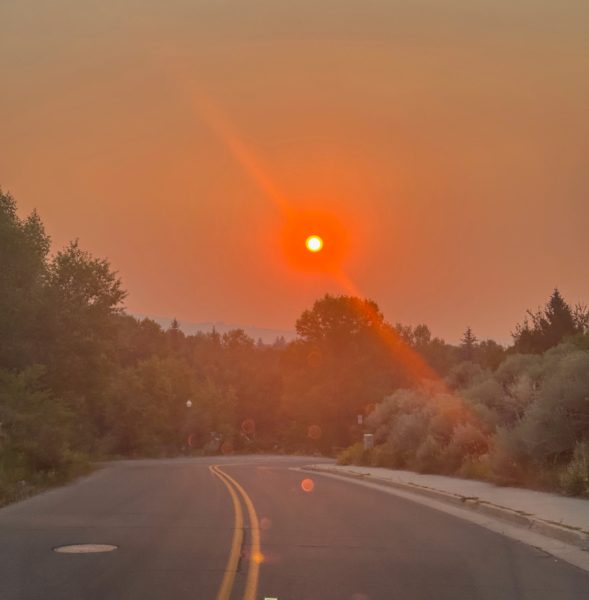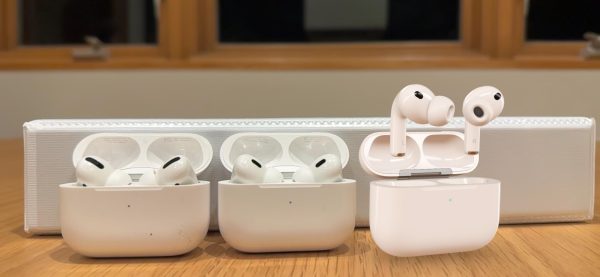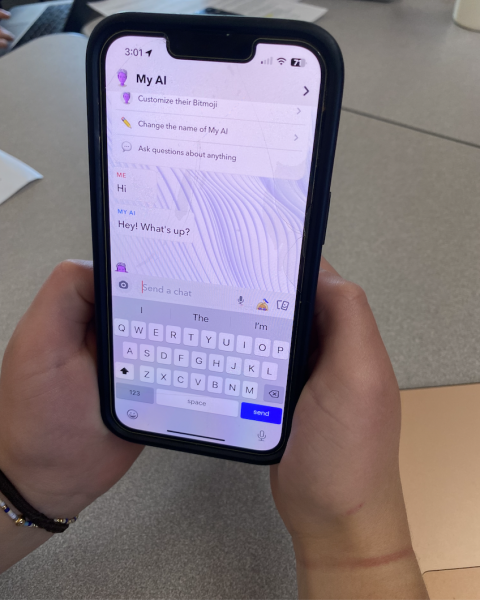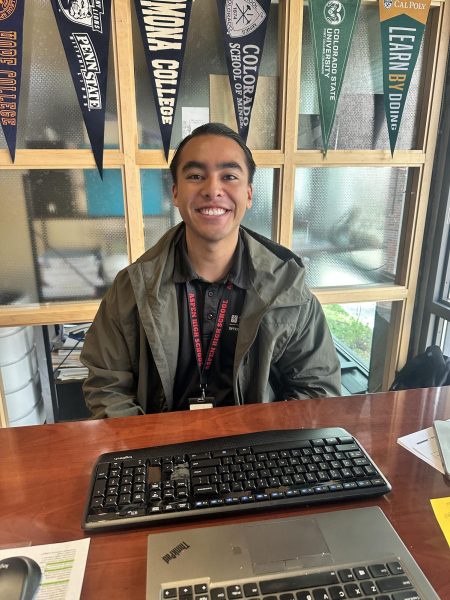AHS implements student SEE committee alongside existing SEE committee
Students in the student SEE committee during a meeting with AHS assistant principal, Sarah Strassburger.
The student SEE committee is comprised of AHS students in all different grade levels. Megan Noonan, a math teacher at AHS, primarily organized the student committee. The committee recently met on Tuesday, February 25.
According to Stef Wojcik, a member of the student SEE committee, the committee was formed as a way for the teacher SEE committee to obtain a new perspective on the lessons, from students who have personal experience with the lessons. Wojcik also stated that the student SEE committee was formed to have educated students offer their help during the lessons to make them more comfortable and have less of a lecture feel to them.
In May, Megan Noonan, head of the SEE committee collected about 100 names of students who claimed that they would be interested in joining a SEE committee for students.
This year the set time for SEE committee meetings did not work for many students. Noonan’s solution was to have students who expressed serious interest and investment in the committee go on a retreat with her to speak further about it.
While Megan Noonan, who adopted the SEE curriculum from Emory University, does hope that the student SEE committee and the SEE committee can join together and meet, sadly, scheduling for the SEE meetings does not work for the students in this committee.
“The SEE committee teachers and administration meet every other Monday, and we were gonna have them come to those meetings, unfortunately, no one seems to be able to make it after school,” Noonan voiced.
Regarding the future, Megan Noonan hopes that the students will be able to curate lessons based on those made by Emory University and the Dali Llama.
Elijah Goldman, a sophomore at AHS and a member of the student SEE committee, hopes that in the future, the student SEE committee can help to make the lesson more engaging and to incorporate more experiential education into the curriculum.
Stef Wojcik stated that the role of students in the future would be to use the lessons taught to them in their everyday lives.
“Students, in general, will have the role of learning about the lessons and transferring that knowledge to personal experiences or external experiences. Some lessons may really resonate with students, allowing them to apply that to their lives or share their experiences,” Wojcik explained.
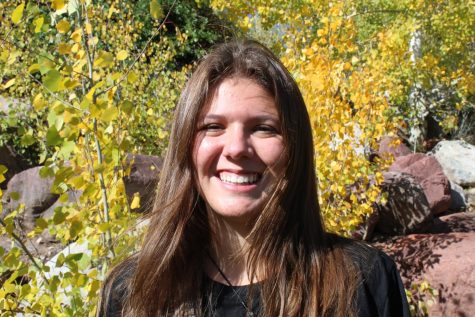
Sophia Greiper is a senior at AHS. This is her third year in Journalism and first year as a news editor. In her free time, she likes to play...





